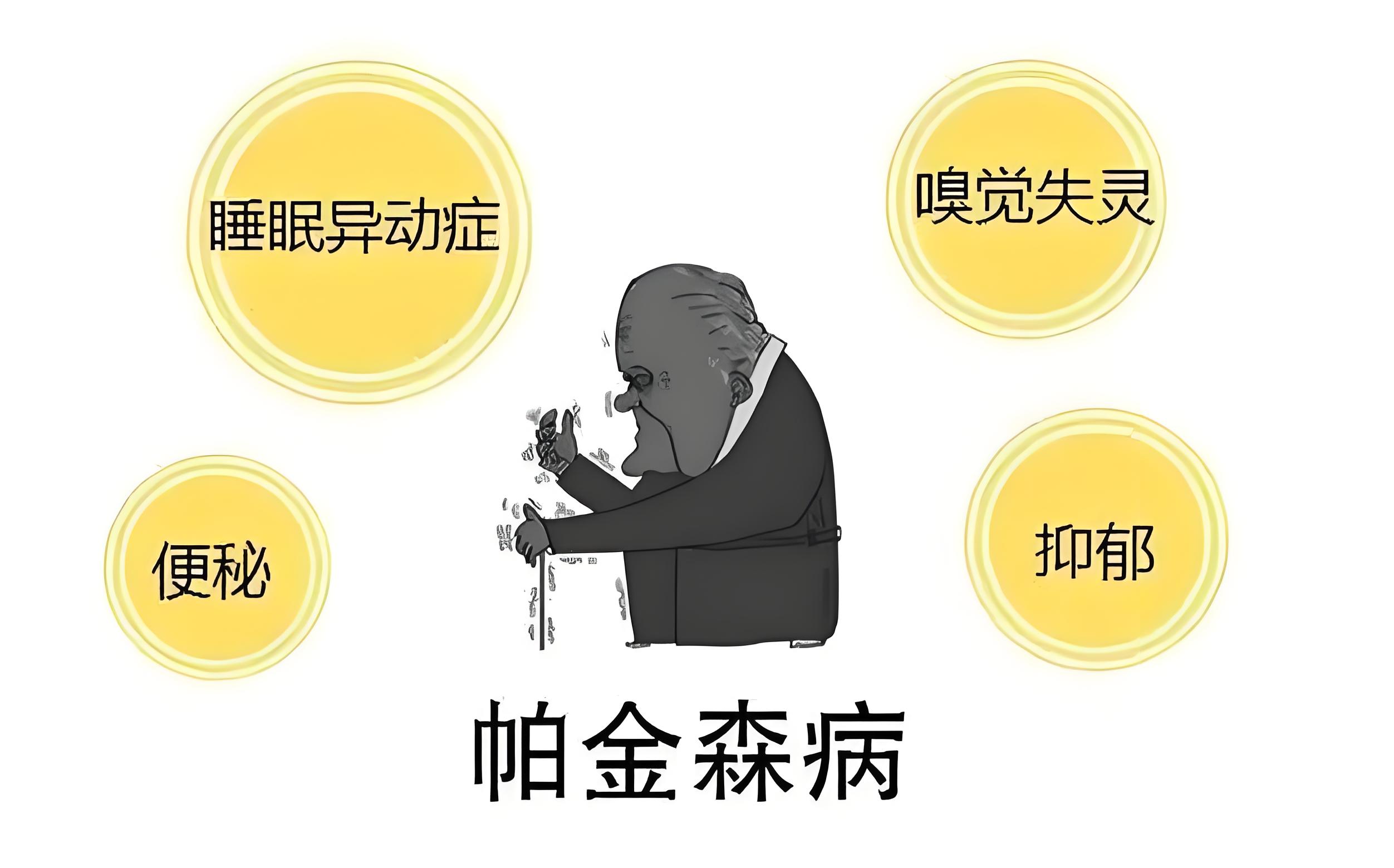截肢者将很快就能够“感觉”使用假肢由于突破假体。技术线剩余的神经末梢在腿部或手臂的健康组织和利用传感器来模拟触摸的感觉。 当佩戴者施加压力,这些传感器将信号发送到大脑,研究人员说,突破也可以打幻痛的经历 截肢者通常。

创新是一个双重的过程的结果,由教授休伯特艾格在奥地利北部林茨大学。外科医生首先连接剩余的脚神经末梢从病人的残肢在大腿的健康组织,使他们接近皮肤表面。六个传感器,然后安装一个轻量级的假体的脚底,与所谓的刺激在树桩上坐在井里。“这是一种二生机,像是重生,“奥地利截肢者沃尔夫冈霍贝尔, 告诉法新社。这位老师,谁失去了他的右腿后2007患血栓由脑卒中引起的,在过去的六个月测试新的假体。
“我觉得我有一只脚。我不再在冰上滑,我可以告诉我是否走在碎石,混凝土,草地或沙地。我甚至可以感觉到小的石头,”他说。54岁的同时运行,周期和去登山。当他移动,跛行是显而易见的。每当朗格尔走一步或施加压力,小的传感器设备发送信号给大脑。在一个健康的脚,皮肤受体进行功能也在这里失踪。 然而,信息导体-神经-仍然存在,只是他们不被刺激,”艾格教授说。“传感器告诉大脑有足与佩戴者有卷离地面,他走路时的印象。所有的事情考虑,本程序是一个很简单的一个给定的结果。”这不是第一次奥地利科学家曾引起不小的轰动,他的研究。
2010,他提出了一个精神控制的假肢,用户直接与运动神经元以前连接到失去的肢体。对于人工腿,原理是相同的,除了工程的过程中,反信息引导从假体到大脑,而不是周围的其他方法。 除了增加平衡和安全,假体提供了另一种功能,它有助于消除疼痛,我rrangger经历了多年后他截肢。“我几乎不能用传统的假肢走路,没睡一晚需要吗啡来度过每一天两个多小时,”他回忆道。但在去年十月接受手术的日子,疼痛消失。艾格教授指出,幻痛的发生是因为大脑会越来越敏感,通过关于截肢的信息。“加上截肢通常是连接到一个痛苦的经历就像一个意外或疾病,和心不断地重温这些记忆,”他说。感觉假体的优势在于大脑再次接收实时数据,可以停止其疯狂的搜索。“朗格尔是一个非常不同的人现在的我遇见了2012,”艾格说教授。
两人互相介绍在一个支持小组的截肢者。“我觉得他从来没有笑过,他把这些暗环在他的眼睛。这是可怕的。”重要的是,术后恢复快,有没有已知的健康危险相关的干预,他说。“唯一的风险是,神经不正常,重新感受不到回报,”他说。随着新的技术准备,艾格现在希望小公司将加入他的冒险开始建造的假体,有助于降低市场价格。
原文
The prosthetic that simulates TOUCH: Nerve endings wired to sensors create the 'feeling' of a real limb
Amputees will soon be able to 'feel' using their artificial limbs thanks to a breakthrough in prosthesis.The technology wires remaining nerve endings to healthy tissue in the leg or arm and then uses sensors to simulate the sensation of touch.When the wearer applies pressure, these sensors send signals to the brain - and the researchers said the breakthrough could also fight phantom pain often experienced by amputees.
The innovation is the result of a two-fold process, developed by Professor Hubert Egger at the University of Linz in northern Austria.Surgeons first rewired remaining foot nerve endings from a patient's stump to healthy tissue in the thigh, placing them close to the skin surface.Six sensors were then fitted to the foot sole of a lightweight prosthesis, and linked to so-called stimulators inside the shaft where the stump sits.'It's like a second lease of life, like being reborn,' Austrian amputee Wolfgang Rangger, told AFP.The former teacher, who lost his right leg in 2007 after suffering a blood clot caused by a cerebral stroke, has spent the last six months testing the new prosthesis.'It feels like I have a foot again. I no longer slip on ice and I can tell whether I walk on gravel, concrete, grass or sand. I can even feel small stones,' he said.The 54-year-old also runs, cycles and goes climbing. When he moves, the limp is barely noticeable.
Every time Mr Rangger takes a step or applies pressure, the small sensor devices send signals to the brain.'In a healthy foot, skin receptors carry out this function but they are obviously missing here.'However, the information conductors - the nerves - are still present, they're just not being stimulated,' Professor Egger said.'The sensors tell the brain there is a foot and the wearer has the impression that it rolls off the ground when he walks. All things considered, the procedure is a very simple one given the results.'This is not the first time the Austrian scientist has caused a stir with his research.
In 2010, he presented a mind-controlled prosthetic arm which the user directed with motor neurons previously connected to the lost limb.For the artificial leg, the principle remains the same except that the process works in reverse - information is guided from the prothesis to the brain, rather than the other way around.In addition to increasing balance and safety, the prosthesis provides another function - it has helped eradicate the excruciating pain M rRangger had experienced for years following his amputation.'I was barely able to walk with a conventional prosthesis, didn't sleep for more than two hours a night and needed morphine to make it through the day,' he recalled.But within days of undergoing the operation last October, the pain vanished.
As Professor Egger pointed out, phantom pain occurs because the brain gets increasingly sensitive as it seeks information about the missing limb.'Plus the amputation is often tied to a traumatic experience like an accident or illness, and the mind keeps reliving these memories,' he noted.The advantage of the 'feeling prosthesis' is that the brain once again receives real data and can stop its frantic search.'Rangger is a very different person now to the one I met in 2012,' Professor Egger said.
The two men were introduced to each other at a support group for amputees.'It struck me that he never laughed and he had these dark rings under his eyes. It was awful.'Importantly, post-surgery recovery is quick and there are no known health dangers associated with the intervention, he added. 'The only risk is that the nerves don't reconnect properly and the feelings fail to return,' he said.With the new technology ready, Egger now hopes that small companies will join his venture and start building the prosthesis to help bring down the market price.At the moment, a high-tech foot model costs between ?10,000 (?7,350 or $11,240) and ?30,000 (?21,900 or $33,380).Professor Egger believes his latest project could vastly improve quality of life for amputees, including in developing countries.
'People with amputations aren't patients in the traditional sense, they aren't sick - they're just missing a limb,' he said.'By giving them back mobility, they also regain their independence and are able to reintegrate into society. That's what I work for.'



